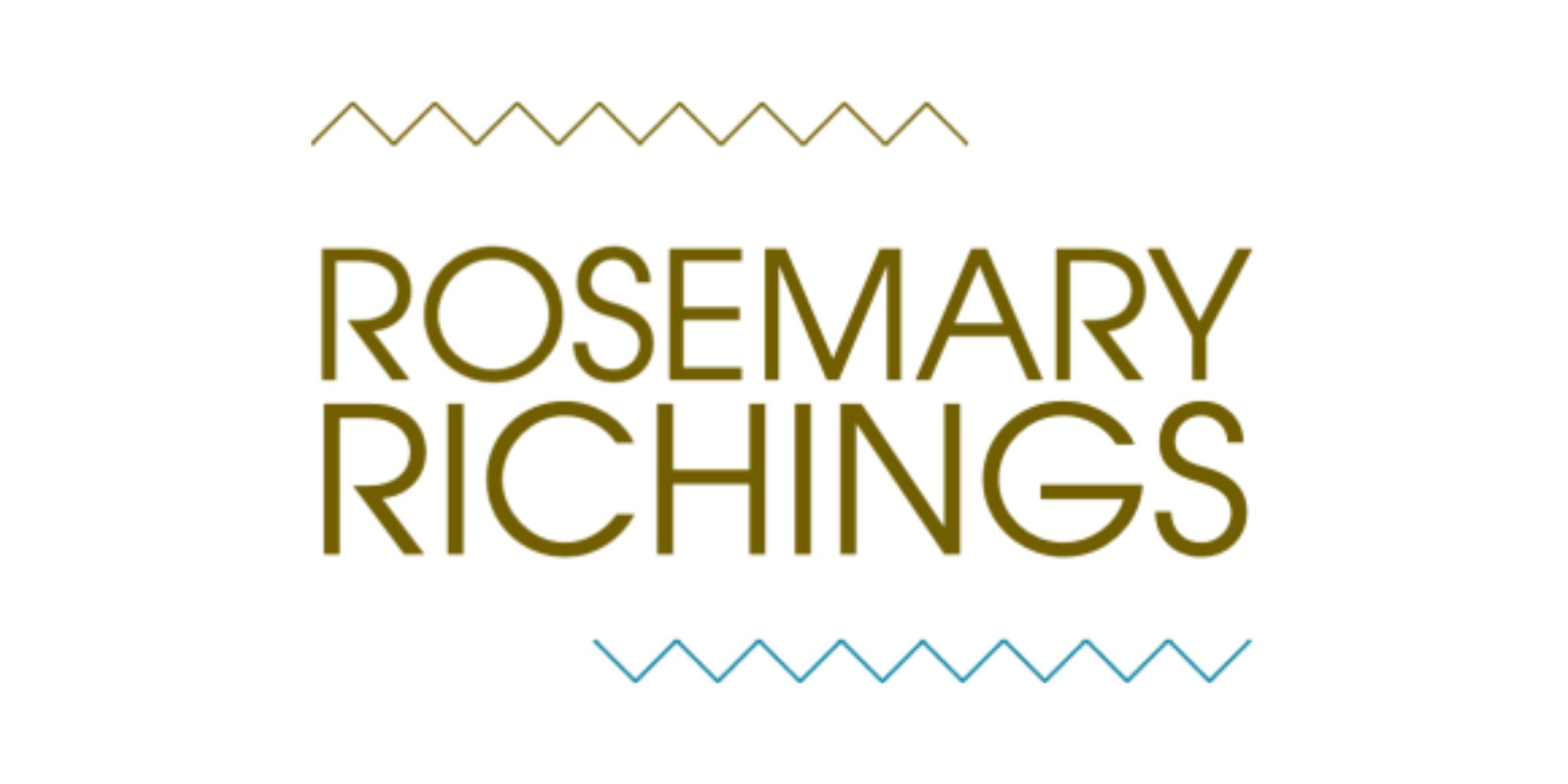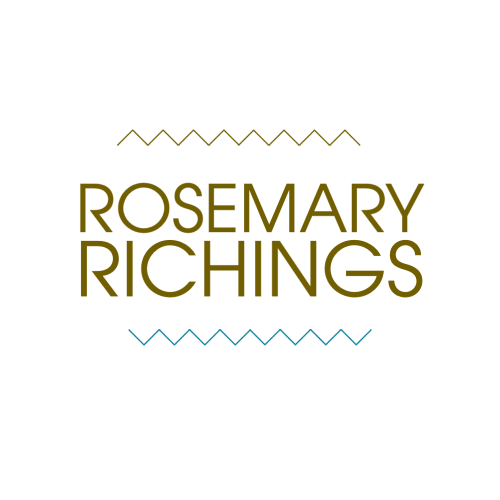Client onboarding best practices are what will protect you from terrible client experiences like this client story that a client from hell user submitted:

Client onboarding best practices & how they work:
There are a lot of articles online about attracting their dream clients.
But how are you supposed to know that a prospective client won’t be a terrible client?
On average, this involves using automated apps and systems.
And these systems are what encourage client onboarding best practices.
But won’t you just scare people away?
Well…only if you don’t have a solid plan!
Today I’m going to give you a sneak peek behind the curtain of my biz.
And this will involve showing you exactly how I:
- Handle client onboarding
- And implement client onboarding best practices that work

1) Booking based on a series of questions
I’m a strong believer in freelancers working with not just any clients.
Because honestly, not all clients are a good fit for your biz and your approach to things.
And that’s okay!
After I started taking the Stress Less and Impress course I became a lot more in control of who I work with.
Because I realized that the problem with my client onboarding process wasn’t how I was marketing myself.
It was about something a lot more important:
What I was doing prior to the consultation call to know that what my clients want resembles what I can realistically do.
The onboarding form I use for all prospective clients:
First of all, I took a brand new approach that involved asking my clients to fill out a questionnaire.
And then I put that questionnaire in the following location of my contact page:

When prospective questions click on it an IM-like chat box shows up on- screen that looks like this:

And this loads a questionnaire that looks like this:

The questionnaire, because it’s Typeform-based loads like a social media or MSN interaction rather a typical, generic contact form.
And I ask questions such as:
- What deadline and start date doe the client prefer?
- The type of brands they like/ has got their attention & the websites they read.
- Their ideal customer: (who they are)
- What they need.
- What their business is & who they serve
And these questions make a huge difference.
As I’ve mentioned before copywriting is about listening.
And this makes the listening process a lot more instant while helping me figure out who’s a good fit.
For instance, a client that requires:
- Tight deadlines that I can’t reach
- A customer type that doesn’t resemble my typical client
- Has a business that doesn’t resemble my client type
Will probably get a “no” response.
But if they are the opposite of that…well, of course, I’ll say “yes”!
2) I Automate my Responses
Over time I’ve learned that customers respond extremely well to an instant indication of how long something will take.
And this also leads to them being much less likely to be non-responsive.
So here’s a trick I use with all booking forms.
On Zapier, I have a zap set up that automatically sends this email to prospective clients that filled out my booking form:

And the only thing that ever changes about this email is the name and email address.
But why do I do it?
Because it’s a good customer service practice, which instantly assures clients that there’s a system in place and a certain set of expectations.
And how do I know that it works?
When I finally do respond people are a lot warmer and more receptive towards me.
In fact, I get a lot of “thanks for getting back to me so quickly” emails.
I learned in a market research survey that I did that people’s most common concern about hiring freelancers is reliability.
And this throws that concern right out the window.
In addition to that, it also weeds out the ones that want things done cheap and fast (because they have to wait) and encourages the ones that are willing to wait to do so.
3) I prioritize transparency
Raising my prices and making them public was a personal decision I chose to stick to.
Because people who either can’t afford me or want to pay content mill prices are a lot less likely to reach out.
And people who will happily pay whatever is necessary for quality and results actually pay attention.
But I don’t just prioritize transparency by making my prices public.
I also do that by displaying my process on my hire me page, one of my most viewed web pages, and making what people are paying for extremely clear.
And people love that because they’re never in the dark about what’s happening next!
4) I keep my files in one place
The most important part of my onboarding process is what happens when people say “yes”.
Because this keeps everything well-organized, which clients love because they’re getting what they’re paying for on-time, and always know what to expect.
So how does it work?
Once again, this involves using Zapier, to instantly send:
- A consultation booking URL
- And a welcome package that explains my process, policies, contact info, and office hours in detail
This also sends them other essentials, such as:
- A booklet that explains what they can do when a project is complete
- Company blog editorial calendar planning prompts
- And a “client goals and values” exercise.
And I keep all these resources in a Box folder called “New Client Files”.
But how do I send these files without writing an email from scratch?
A while ago I created a zap that contains the email that I send to all new clients that have the Gmail label “Follow Up: Clients that have said Yes”.
And the email looks like this:

This system is really helpful because they have a copy of what is going to happen, in what order, and can have access to all essential documents within seconds.
And I swear by this system because it clears up any confusion or uncertainties that clients might have about working together.
And now that you’ve learned about my onboarding process…
You might have some questions about the right tools for your biz.
Fortunately, I have a resource page, where you can check out my recommendations and sign up for any that might interest you.
And I highly recommend doing that because not only will this help you create client onboarding best practices that work, but it will keep your entire biz organized.
Click here to learn about my recommended tools for all creative biz owners.
And feel free to share your client onboarding experiences, questions, and concerns in the comments section below.


